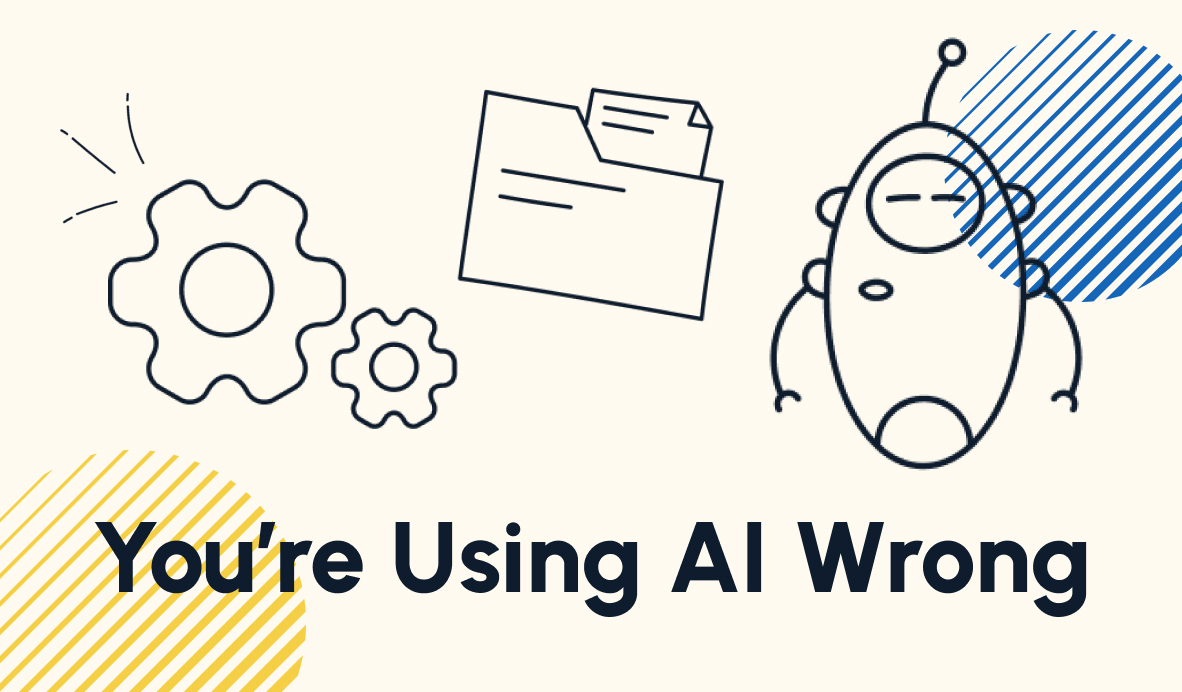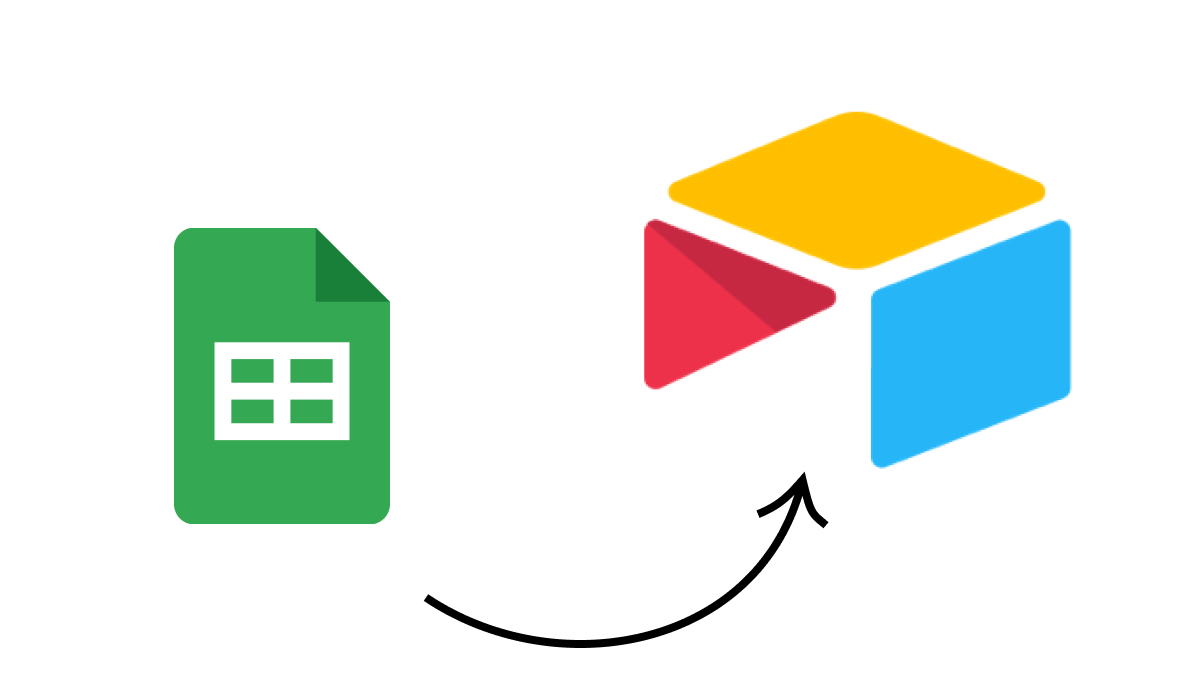Track and Visualize All of Your Automated Workflows
Saving time is often the first benefit that comes to mind when you think about automation, but the possibilities extend much further. In this post, we'll show you how automation will enable you to track key metrics and build a business intelligence dashboard.
June 15, 2022

When business leaders consider workflow automation, they often tend to think about saving time above all else.
While time-saving is certainly a key benefit of automation, its full impact extends much further.
Automation lets you track your workflows in detail, making your processes more consistent, and making data visualization easy and effective. In many cases, it will make rich data visualization possible for the first time.
In this post, we’ll explain how no-code automation lets you gather extensive data on your workflows, and enables you to build a business intelligence dashboard.
Track Every Automated Action
Any action that you automate is an action that you can track.
Without automation, your team is constantly performing critical tasks that aren’t being tracked, monitored, or logged in any consistent way.
General tasks might be captured in an app like Asana or Trello, while your inbound lead funnel is managed through a CRM like Hubspot or Pipedrive. All of your team’s activity is scattered among several different apps, and some of their key progress and decisions won’t be logged at all.
You could always assign people on your team to track all of this information, but that would mean hours of manual work, and lots of errors and inconsistencies in your data.
When you automate a workflow, you turn it into a series of events that are inherently tracked and logged. Every time an automation sends an email, creates a document, or updates a record, you can see that event in the automation platform’s history.
And while platforms like Zapier and Make might not be the best place to view workflow data, it just takes one more automated step to store key metrics in Airtable or Google Sheets.
Automating a workflow isn’t just a method for saving time. It’s also the first step in gathering key data about your company and business processes.
Make Your Workflows More Consistent
When a process is fully manual, variation is inevitable. Different people will perform the tasks in different ways, and even if your team generally conducts the process the same way, nobody is perfect, and everyone will make errors from time to time.
The inherent inconsistency in manual processes makes it much more difficult to track your workflows and their outcomes.
When you automate a process, you know that all of its components are performed the exact same way every single time.
For example, if you’ve built automations to support your Project Delivery process, you know that your clients will always receive their finished projects exactly how you planned it.
Every client will get a similar email based on the same template; every client will have a Google Drive link for the finished assets; every client will get a Slack message once delivery is complete.
When your delivery process is conducted manually, having a database that says you’ve delivered 10 projects doesn’t necessarily mean much. You may have conducted delivery 10 different ways, achieving 10 different sets of results.
Once you automate the process, you know what the ‘delivered’ datapoint means. While manual project delivery might change every time it happens, automated project delivery will conduct the exact steps that you designed, every time.
In essence, automating a process also defines the process as a datapoint, setting you up to gather useful data and meaningful insights into your team’s performance of a process.
Automated Business Intelligence
By making your processes consistent and tracking key metrics, automation enables you to set up a robust Business Intelligence dashboard.
Automated KPI tracking and data processing doesn’t end with dumping everything into Google Sheets or Airtable. With no-code automation, any data you want can be sent over to apps like BigQuery or AWS for analysis and visualization.
You can get weekly, monthly, and quarterly reports without having to lift a finger. You’ll see key trends and takeaways at a glance, and you can dig deeper to find insights that will influence your most important decisions.
Automating your systems ensures that your data isn’t locked into any specific app. You won’t have to track your leads in your CRM, or follow employee progress in a task management app. You can see and compare any data you want in any app you want. And all of the syncs and transfers can be configured to run automatically.
Automation lets you capture every workflow, every outcome, and every action that you want to track. It lets you surface critical insights about how you and your team are getting your work done, and enables you to plan your next moves.
The key is being specific and intentional with what questions you want your data to answer, which is something we’ll address in a future blog post.
Discover key insights with no-code automation
While automation is typically discussed as a tool for saving time, some of its most useful and transformative benefits lie in its ability to gather clean data.
With no-code automation, you can make your processes more consistent, easily gather KPIs, and surface all of the information you need in Business intelligence reports. Ultimately, if you want to analyze your company’s performance, no-code automation is the best place to start.
If you’d like to learn more about how no-code automation can support your business, check out our blog or our YouTube channel. You can also follow XRay on Twitter, Facebook, or LinkedIn.













